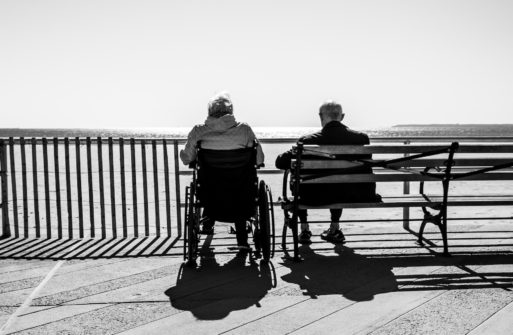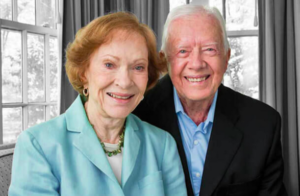
For many, hospice care continues longer than its expected six months or less.
Credit: Bruno Aguirre
Former U.S. President Jimmy Carter entered home hospice care in February 2023 – and nine months later, his longevity rivals hospice misconceptions. The 39th President of the United States appeared briefly at his late wife Rosalynn Carter’s funeral in Plains, Georgia, on November 29th. The now 99-year-old Carter is looking gaunt and frail but very much alive. Fittingly for this longtime humanitarian, Carter’s extended hospice stay inspires the country to take a closer look into how these services often help, not hinder life.
Many people assume that hospice care is designed for only those facing imminent death while others may believe it could expedite it. As a result of these hospice misconceptions, many people may fear seeking services. As the Hospice Foundation of America notes, “It’s important to remember that hospice does not extend or shorten life expectancy, but seeks to improve the quality of time that is left.” Three months after Carter entered hospice, for example, he was enjoying regular visits with family and servings of peanut butter ice cream, according to Politico.
Top Hospice Misconception: Hospice is a Death Sentence

Jimmy Carter, who entered hospice in February 2023, has outlived his wife Rosalynn, who died in November.
Credit: The Carter Center
Patients are typically referred to hospice once they have a prognosis of six months or less to live. However, many live longer. Some even improve so much that they leave hospice altogether.
For example, 94-year-old Iwao Nagata regained strength while on hospice in Hawaii, so much so that he was discharged from the program in 2018. “You have that stigma, ‘hospice’ that means it will end soon,” Nagata’s daughter, Sharyl Okamoto, told Hawai’i Care Choices at the time. “But I think they made him better.”
Davis Baird, director of government affairs for hospice at the National Association for Home Care & Hospice, told The Hill that Carter’s choice to enter hospice publicly boosted recognition of its benefits. “I don’t think we can understate the significance of someone as prominent and well-respected as Jimmy Carter … openly and publicly making that decision,” he said. “Just the positive experience he’s having is, I think, really important for the public to have that model.” Baird noted that home hospice care usually enhances medical stability, while patients get to spend their time doing things they enjoy.
In the experience of Ben Marcantonio, interim CEO of the National Hospice and Palliative Care Organization, people are always grateful for the care that hospice provides. “We’ve never heard anyone say, ‘Gosh, I wish I had less time on hospice,’” he told The Hill. “The more we can get past those myths … and those misperceptions that we mentioned, the more people will get the care that they need when they need it.”

 Jimmy Carter’s Lengthy Stay Challenges Hospice Misconceptions
Jimmy Carter’s Lengthy Stay Challenges Hospice Misconceptions



 How to Comfort A Dying Loved One
How to Comfort A Dying Loved One
 Our Annual Seven Holiday Gifts for Someone Who Is Grieving, 2024 Edition
Our Annual Seven Holiday Gifts for Someone Who Is Grieving, 2024 Edition














